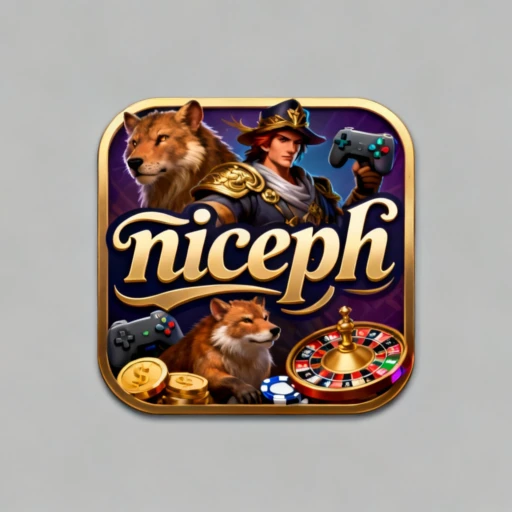MahJongMaster: The Timeless Strategy Game
MahJongMaster has quickly become a favorite among gaming enthusiasts, combining ancient traditions with modern gameplay mechanics. This fascinating game draws inspiration from the classic Chinese game of Mahjong, offering players a chance to test their strategic skills in a competitive and culturally rich environment.
The Introduction of MahJongMaster
MahJongMaster made its debut on the gaming stage with a promise to blend historical authenticity with engaging gameplay. Released amid a growing interest in classic games, it has attracted players seeking both relaxation and mental stimulation. Its introduction coincided with the increasing popularity of digital board games, offering a bridge between old and new gaming worlds.
This game's launch was notably timely, as it occurred during an era where international players showed a renewed interest in culture-rich games. The global adoption of MahJongMaster speaks to its universal appeal, capitalizing on a nostalgia for traditional values amidst modern chaos.
Rules of MahJongMaster
The rules of MahJongMaster are reminiscent of traditional Mahjong, yet they incorporate unique twists that keep players engaged. The game is designed for four players, and the objective is to create a winning hand before any other player. Players draw and discard tiles in turns, aiming to complete sets and pairs.
The Tiles: MahJongMaster features several types of tiles, including suit tiles, honor tiles, and bonus tiles. Understanding the complexity and utility of these tiles is crucial for developing a winning strategy. The suit tiles are divided into three categories: bamboos, characters, and circles. Honor tiles consist of winds and dragons, adding an additional layer of challenge.
Game Phases: The game is played in several rounds, beginning with the dealer distributing 13 tiles to each player, with the dealer receiving an additional tile. Players draw tiles from the wall, striving to form a legal hand, known widely as a "Mahjong." A legal hand typically consists of four sets and a pair.
Winning and Scoring: A hand is completed by forming sets like pongs (three identical tiles) or chows (a sequence of three consecutive tiles). Once a player's hand is complete, they declare "Mahjong," ending the round. Scoring in MahJongMaster acknowledges various combinations and bonuses, with intricate calculations impacting overall strategy. Bonus points are earned through unique completion styles, such as "All Pongs" or "Mixed Honors."
Cultural and Digital Impact
MahJongMaster is more than just a game; it is a cultural experience that connects players to centuries-old traditions. Its digital format introduces a new audience to the rich tapestry of Chinese culture, bridging the gap between newer generations and traditional pastimes. The inclusion of cultural motifs and ancient design aesthetics enhances players' immersion, making MahJongMaster a vessel of cultural storytelling.
In recent events, there has been a surge in the popularity of digital board games, with MahJongMaster standing out for its inventive merger of culture and technology. Players across the globe have embraced the game for its strategic depth and historical significance.
Strategic Depth of MahJongMaster
Understanding the rules of MahJongMaster is just the beginning; mastering the game requires strategic foresight. Experienced players develop a keen eye for recognizing potential hands and anticipating opponents' moves. The delicate balance of risk and reward defines the strategic allure of MahJongMaster.
Key strategies involve paying close attention to discarded tiles, deducing opponents' strategies, and adapting quickly to the evolving game state. Advanced players often employ psychological tactics to mislead competitors, creating a highly dynamic and unpredictable gaming experience.
Conclusion
MahJongMaster serves as a testament to the enduring appeal of traditional games revitalized through digital formats. It offers players a chance to engage in a game that is both intellectually challenging and deeply rooted in cultural legacy, contributing to its widespread acclaim and adoption.







